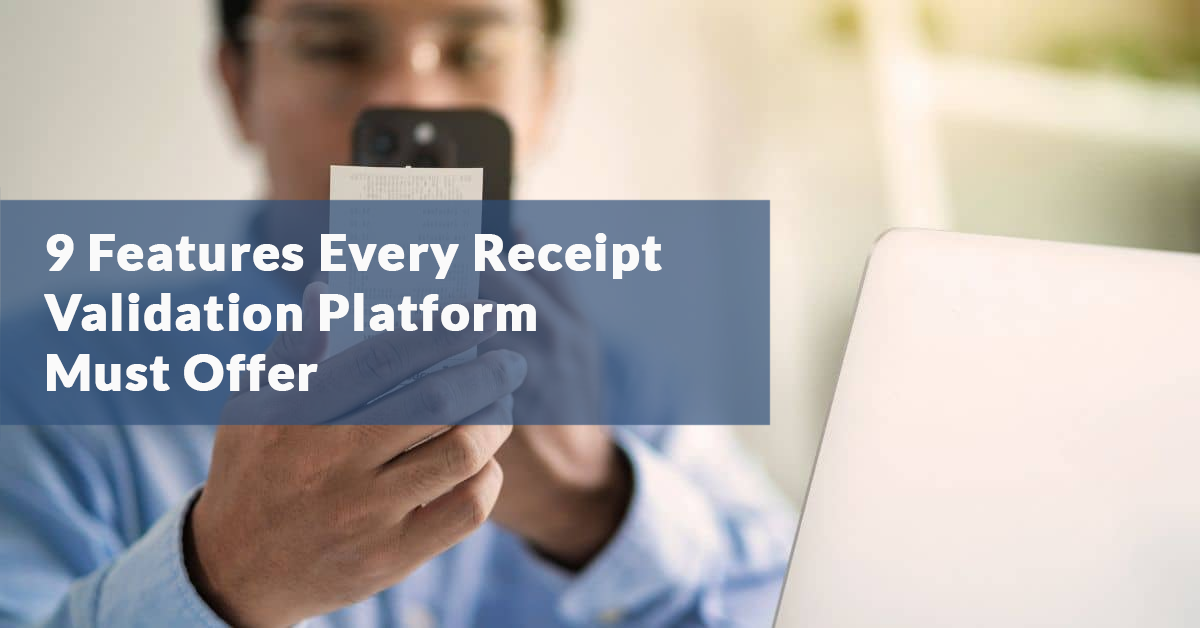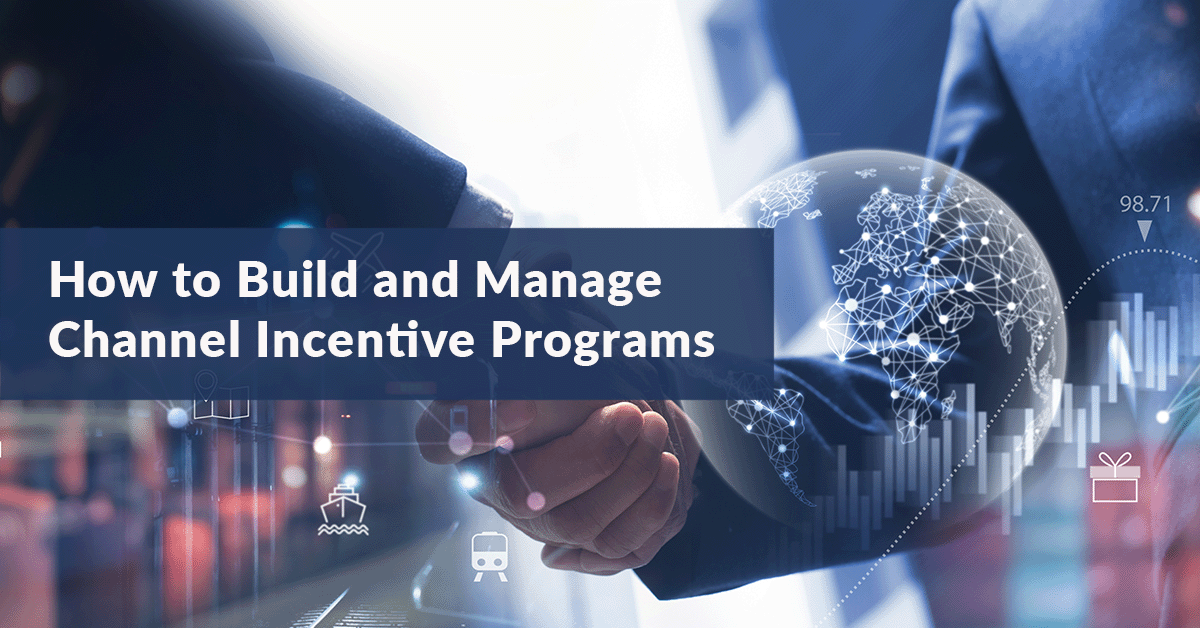Successful customer engagement marketing strategies lead to great returns through long-term brand advocacy. So, to help you get inspired for your next campaign, here are some examples of customer engagement strategies that got great results.
Customer engagement is about building a long-term, profitable relationship between a brand and the consumer. To cultivate these relationships, brands use a variety of tactics, including:
- Gamification
- Omnichannel engagement
- Rewards programs
- Personalization
- User-generated content
- Customer Loyalty programs
- Contests and Sweepstakes
- Shopper Marketing Campaigns
We'll go over 6 examples of Customer Engagement Marketing below. Want to brainstorm how we can help you with a customer engagement campaign? If so, Contact Us here!
Gamify Customer Engagement
Gamification is a powerful and accessible tool for marketers today. A survey from 2019 revealed that 87% of people felt that gamification provides a sense of belonging and purpose – two key emotional responses for long-term customer engagement.
Gamification for customer engagement is the process of introducing game mechanics into non-game experiences. These include, but aren’t limited to:
- Level progression
- Points and score systems
- Progress bars
- Competition among peers
- Avatars, badges & achievements
Customer Engagement Example #1: Autodesk
-min.png?width=1400&name=Untitled%20design%20(6)-min.png)
Image source.
Our first customer engagement example comes from the B2B space. We’ve chosen this one to demonstrate that even something as commercialized as gamification works in B2B marketing.
Autodesk is a software design colossus with complex products that serve many industries. For those who don’t know, they invented the CAD (Computer-Aided Design) market. Their 30-day software trial period is critical to their marketing strategy and represents a major portion of their website traffic.
Autodesk’s marketing team knew that prospects who used their 3DS Max product trial three or more times were 2x as likely to buy. Unfortunately, 80% of trial users only opened the trial version of 3DS Max once.
Autodesk needed a way to drive engagement and keep prospects returning to the software.
The 3DS Max’s target audience is special effects artists, graphics designers, and game developers. So, the engagement hook was simple: develop a game inside the trial software.
The game was called Undiscovered Territory and incorporated an entertaining storyline, numerous missions, awards, and badges. At the same time, it evoked social influence mechanics by connecting users with their social marketing sites and community platforms – including YouTube and Facebook.
And the results were impressive. As a result of their gamification efforts, the 3DS Max free-trial program saw:
- 54% increase in trial usage
- 15% increase in buy clicks
- 29% increase in channel revenue per trial start
After success with 3DS Max, Autodesk deployed gamification to several free-trial programs, all to similar success. Yukaichou.com has an excellent write-up on the story behind Autodesk’s journey into gamification.
Key Takeaways:
- Good game mechanics and reward systems stimulate areas of the brain that want us to come back for more.
- Create a gamified customer experience that resonates with your target audience.
- You don’t have to get into full-fledged game development, but an omnichannel element can boost engagement.
- Gamified rewards experiences make even high-stakes purchase decisions feel like play.
- Gamified experience increase customer engagement metrics, leading to benefits for the company and customers.
Omnichannel Engagement is the Norm, Not the Exception
Omnichannel marketing strategies are just as powerful for pulling people into stores from Instagram as they are at pulling people to a website. Data collected by Google indicates that omnichannel strategies help generate almost 80% of in-store visits by customers. Furthermore, up to 74% of customers do online research before visiting a physical store. This allows brands to build engagement well ahead of the first purchase.
All brands have multiple channels to engage their audience, but those channels aren’t necessarily synchronized or connected. An omnichannel consumer engagement strategy connects all channels so customers enjoy a seamless interaction and the same level of personalization whether online or in-store.
Customer Engagement Campaign #2: Sephora
-min%20(1).png?width=1400&name=Untitled%20design%20(7)-min%20(1).png)
Image source.
Sephora uses its Beauty Insider Rewards program to build strong relationships between consumers and the brand.
Sephora Beauty Insiders (we’ll touch on this later but note the excellent exclusivity in the name alone) can tap into the Beauty Bag on their phone or desktop to connect their eCommerce experience, with their in-store visits, and even their social posts all via a single app.
Consumers can shop, see their favorites list, past purchases, and how many rewards points they have. They can scan items in-store to see other options available online, watch tutorial videos, and find a store near them.
This extremely successful application of omnichannel marketing strategy has nurtured 11 million members, who spend 15 times more money on Sephora’s eCommerce store than the average user.
Key Takeaways:
- Make messaging simple and consistent across all channels. This means finding names and terminology that work just as well online as offline.
- Centralize consumer data from all channels to improve personalization and engagement at all touchpoints.
- Use multiple channels to influence actions that matter most to your marketing strategy.
- Provide meaningful incentives for engaged customers.
Take Rewards Programs to the Next Level
Rewards programs are the bedrock of many customer engagement strategies. It’s the second most valued aspect of an online shop after a seamless checkout experience, with 58.7% of online shoppers saying that earning rewards is one of the most valued aspects of their experience.
Rewards programs are also key to many tiered engagement strategies, allowing brands to transition a gift with purchase reward into a long-term loyalty program. Thanks to Optical Character Recognition (OCR) technology enabling easy purchase validation, more and more brands can streamline people’s journey from in-store purchase to online reward programs.
This transition to online via rewards is important because it allows brands to capture valuable first- and zero-party data that they can use to further improve customer engagement.
Customer Engagement Example #3: Ipsos iris
-min.png?width=1400&name=Untitled%20design%20(8)-min.png)
Image source.
Ipsos MORI provides a unique example of how customer engagement can lead to product development. Ipsos MORI conducts research panels for customers in over 46 countries. Ipsos iris is a research panel of 10,000 active participants from all over the United Kingdom, conceived to build a comprehensive view of how people use their devices to interact with apps and websites.
Data is their business, and they know its value, so they reward panelists for sharing that data. The result is a data feedback loop that ties rewards and incentives directly into future products.
Consumers take a survey on the client platform and receive a unique redemption link that takes them to a micro rewards site. From here, they can redeem country-specific rewards including gift cards, PayPal rewards, and digital cash.
Key Takeaways:
- Rewards require validation of specific actions, so brands must capture that information to enable rewards programs.
- You can channel the customer engagement data you gather from reward and incentive programs into product development. Not just sales and marketing.
- Detailed customer profiles and personalization are key to delivering rewards that boost engagement.
Personalize Customer Interactions
Personalized customer engagement helps make brands stickier to the people they care about most. Personalization, and hyper-focused individualization, lead the trend in marketing today. According to Accenture, 91% of consumers say they’re more likely to shop with brands that provide offers and recommendations that are relevant to them.
Customer Engagement Campaign #4: Netflix
-min.png?width=1400&name=Untitled%20design%20(9)-min.png)
Image source.
In the world of subscription-based services, customer engagement is essential to avoiding churn. And with 90 million customers and just a 9% churn rate, Netflix is the queen of personalized customer engagement.
Netflix’s investment in algorithms and audience analytics allows them to offer an on-demand service that’s unique for each viewer. As their director of global communications explains, there are now “33 million different versions of Netflix.”
Everything from the recommendations, the order of search results, and even the title cards you see are specifically presented based on your Netflix experience. This is how Netflix triumphs when the likes of Amazon Prime and Hulu continue to struggle with churn.
Key Takeaways:
- It's important to measure customer engagement. The amount of data we can now channel into marketing means that individualization will likely be the future of content engagement.
- In competitive markets, caring about the individual scales into success. Even for global brands.
- Personalization goes a long way to preventing customer churn.
Make More of Your Brand Community with User-Generated Content
Some marketers see social media engagement as free content. When a brand advocate shares a selfie of your product with some hashtags, social sentiment goes up with no effort on your part. But brands with dedicated communities can harness user-generated content as a legitimate marketing tactic and increase customer engagement by engaging with it.
64% of companies state that their brand community has improved their decision-making. Branded social communities filled with followers and customers have proven to help nearly two-thirds of companies improve customer engagement by making smart decisions that could affect the organization long term.
The challenge for many brands is identifying and standardizing non-purchase brand interactions, such as a social share. There might not even be a purchase involved, but someone is saying something positive about your brand. This is an untapped well for many brands because they have no way to find and attribute these consumer actions.
Customer Engagement Example #5: Peloton
-min.png?width=1400&name=Untitled%20design%20(11)-min.png)
Image source.
They say it takes a village to raise a child. And in the case of Peloton, that child is a $2,500 luxury exercise bike with a tablet stuck to the handlebars. The connected home fitness company is now a $1.25 billion unicorn thanks largely to brand engagement.
But group workout classes are a social experience and Peloton customers exercise in their homes. So, the brand had to find creative ways to synthesize this community feel. One way Peloton does this is through friendly competition. Cyclists can track their performance and compete against others through Peloton’s leader board. Customers can also filter the leader board to compete against specific people, like men in their 30s or family and friends. Those at the top of the leader board might even get a shout-out from an instructor.
Through these tactics, Peloton has built a loyal community of instructors, employees, and loyal riders. Their community passionately embraces anything Peloton does, including wearing branded attire, which drives organic social sentiment.
But this customer engagement example could become a cautionary tale. When growth happens fast, brands risk losing their authentic connection to the dedicated users that helped start their journey.
During the pandemic, Peloton’s sales exploded due to necessity, rather than brand advocacy. Gyms were closed and people wanted a way to keep fit. But now that gyms are open again, their loyalty hangs in the balance against a real-world experience. So, the question is, how will Peloton keep its new customers engaged along with its core, passionate users?
Key Takeaways:
- Develop a mechanism for capturing, attributing, and rewarding non-purchase brand interactions.
- Foster your community with care: Identify MVP customers and reward them well.
- Scale and tier engagement mechanisms and rewards to sustain long-term business growth.
Customer Loyalty Programs
Acquiring new customers is far more costly than retaining existing ones. That’s why a well-planned customer loyalty program is so valuable. We know that brand advocates are often our most valuable customers, so having a boot camp for creating more of them is budget well spent.
But most brands have a lot of dilettantes in their communities. It’s thought that the average consumer belongs to 14.8 loyalty programs but is only active in 6.7 of them. Successful loyalty programs are powered by personalized experiences and a sense of exclusivity.
Part of the benefit of being in a community is its exclusivity. This is why Sephora’s Beauty Insiders is such an effective draw – consumers want to feel like they’re playing a role in your brand’s story. Whether it’s to be more socially conscious, improve personal wellbeing, or get the inside track on the latest trends, consumers that resonate with your story will become your most loyal advocates.
Customer Engagement Example #6: Nike
-min.png?width=1400&name=Untitled%20design%20(10)-min.png)
Image source.
An excellent customer engagement example comes from Nike. Unlike Peloton, Nike is less a fitness guide and more like a progress motivator. Nike’s huge range of products requires an inclusive, rather than an exclusive loyalty program. The NikePlus Membership program unlocks a range of benefits for its users, including:
- Special rewards for successful workouts
- Customized playlists on Apple Music
- Personalized promotions (like early access, product discounts)
The Nike Run Club and the Nike Training Club apps reward users with badges and other rewards every time they reach a new milestone like finishing their first 5k. It’s a great example of how you can use progress to encourage engagement.
Key Takeaways:
- Craft consumer loyalty programs to suit your customer’s satisfaction. Do they want to be a part of something big or a private member of an exclusive club?
- Increase customer loyalty and ensure continuous growth by offering rewards for recurring engagement.
- Align your product to help your ideal customer with their goals or challenges.
- Encourage progress through a tiered loyalty program and help users achieve their dream.
Want to get ideas for your next customer engagement campaign? If so, Contact Us here!
Customer Engagement Works When You Know Everything About Your Customer
None of the customer engagement strategy examples we’ve talked about have been successful without in-depth customer profile data. You can’t personalize experiences without knowing personal details. You can’t reward brand interactions unless you have a means of seeing and attributing them. You can’t reward people in a way that matters without knowing what they want.
Data fuels marketing success, and the right customer engagement software and strategies that allow you to gather the data that matters across all channels, is how you get it.
And once you’ve got it, the sky’s the limit.






